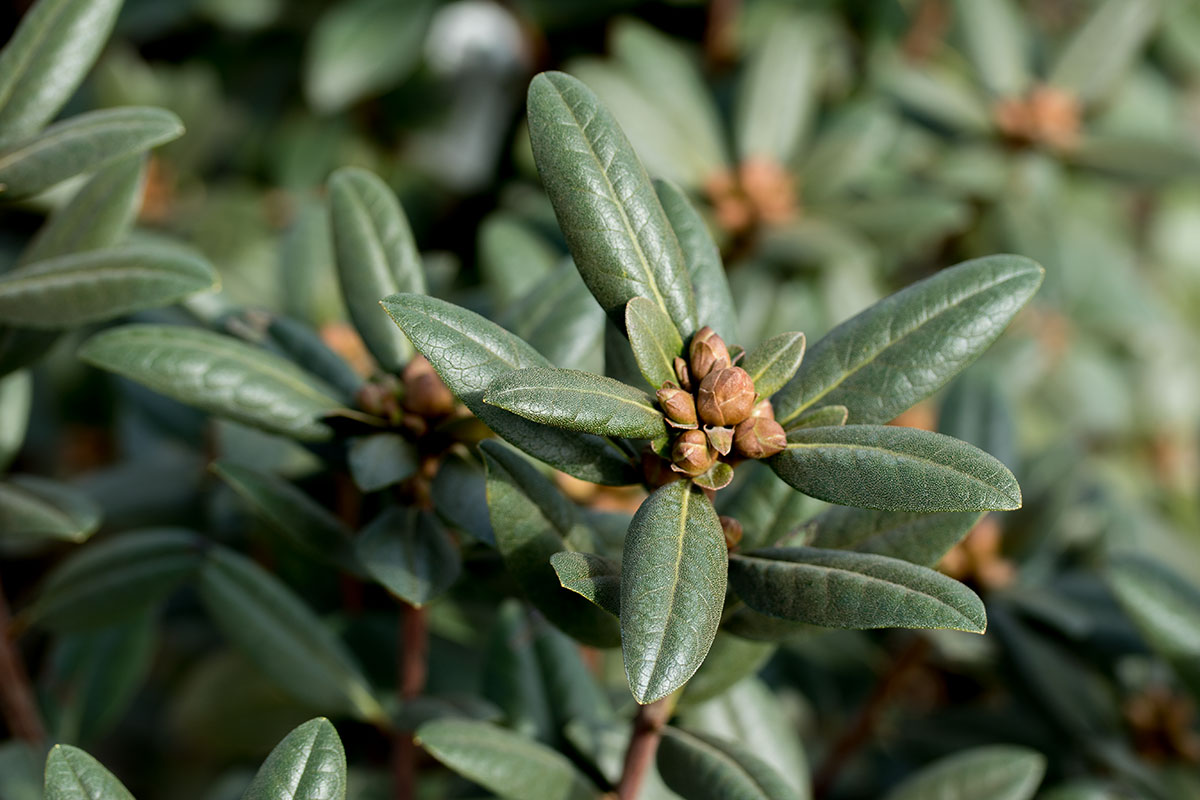When should you use Holly-tone®?
Holly-tone ® is a fertilizer designed to feed plants that prefer to live in acidic soils. Some examples of acid-loving plants are: azalea, dogwood, rhododendron, ferns, hemlock, holly, hydrangea, juniper, arborvitae, magnolia, Japanese Andromeda (pieris), pachysandra, vinca and many other evergreens.

In new plantings, dig a hole twice as wide and about as deep as the root ball. Add some compost, humus, or sphagnum peat to the soil - not too much, current recommendations are to use mostly native soil when backfilling.
Add one cup Holly-tone ® and mix thoroughly. Holly-tone ® is an organic, slow-release fertilizer and is enhanced with Bio-tone ® microbes, so it is very safe to use.
Established acid-loving plants should be fed twice yearly, spring and late fall. Sprinkle Holly-tone ® around like adding salt and pepper to food. If the area to be fed is mulched it is preferable to remove the mulch, feed, and then restore the mulch on top of the application of plant food.
Shrubs such as hollies, azaleas, and rhododendron use 1 cupful of Holly-tone ® per foot of branch spread. Double the quantity if spread is 3 feet or larger. In the spring, trees such as hollies, hemlocks and juniper use 1 lb.* of Holly-tone ® per inch of trunk diameter. Triple the quantity for diameters 3 inches and over. In the fall plants should be given a light feeding in the late fall.Use half the quantities recommended for the spring.
*One pound of Holly-tone ® equals approx. 3 cupfuls

